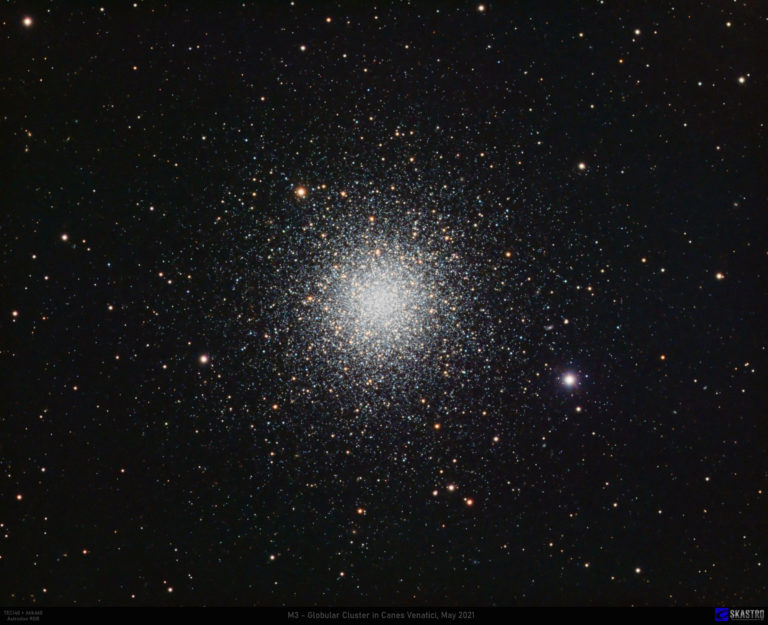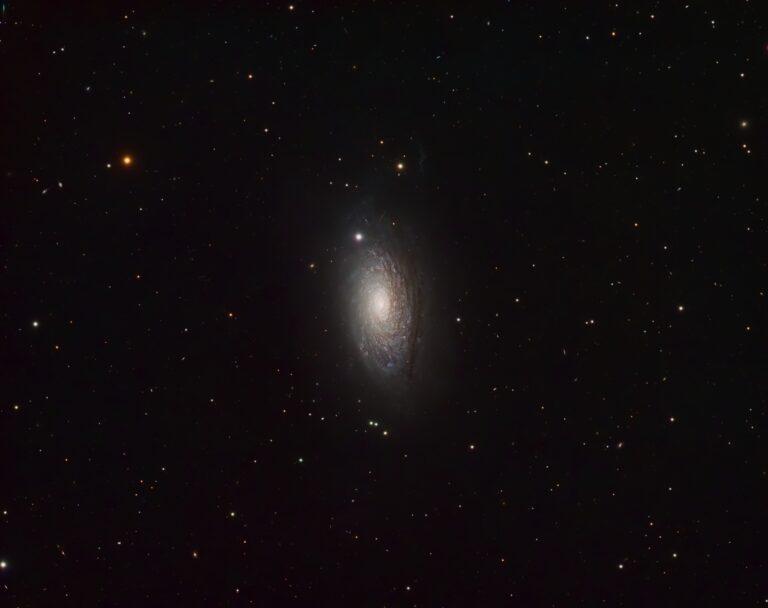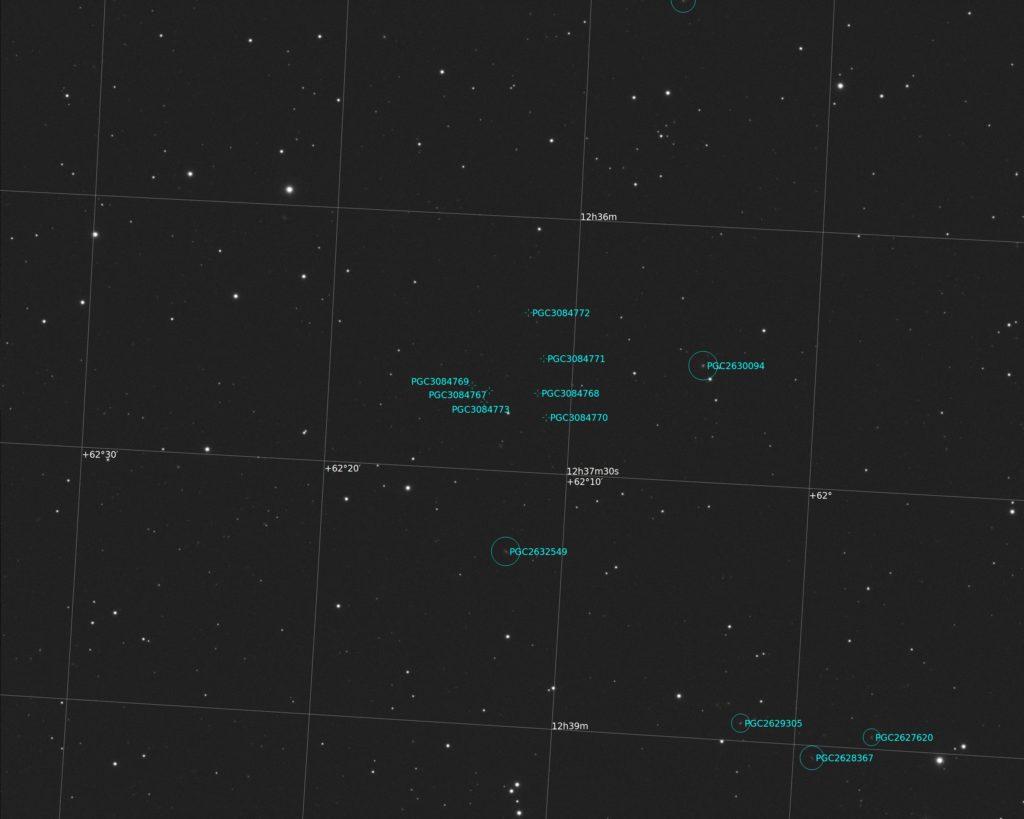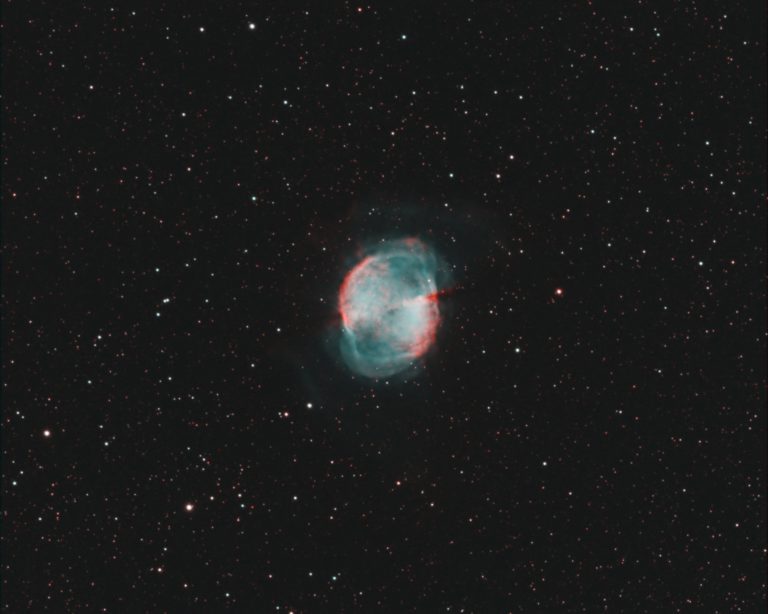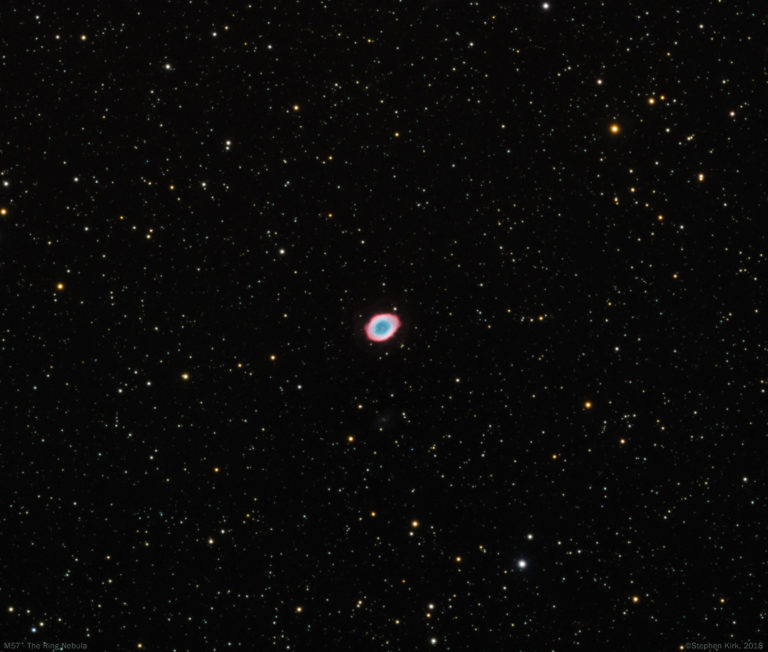Lorem ipsum dolor sit amet, consectetur adipiscing elit. Ut elit tellus, luctus nec ullamcorper mattis, pulvinar dapibus leo.
M63 is a magnificent spiral galaxy located in the Northern constellation of Canes Venatici, about 30 million light years away. The galaxy is a member of the M51 group. There are lots of faint galaxies in the background. M63 – The Sunflower Galaxy Technical Data Full resolution image here (opens in new tab)M63, often called the Sunflower Galaxy because of its resemblance to that flower, is a spiral galaxy about 27 million light years away in the constellation of Canes Venatici. It is a member of the M51 group of galaxies.I captured the data for this image of the galaxy from my back yard observatory in Nottingham, UK over the nights of 4th and 5th of May 2021 when M63 was high near the zenith. Most of the data was captured in the middle of the night on an automated basis whilst I was asleep in bed! I used my…
Background The Hubble Deep Field (hereon-after the HDF) is an iconic image from the Hubble Space Telescope (HST). In 1995 the HST was instructed to stare at a tiny patch of space in the constellation of Ursa Major that is almost devoid of stars and is far from the plane of the galaxy, enabling the telescope to stare out of the galaxy into the depths of the Universe. It did this for about 190 hours with a total of 340 exposures and in so doing captured some of the most distant galaxies in the Universe, some of which are an astonishing 12 billion light years away. Location of The Hubble Deep Field The Hubble Deep Field through the Hubble Space Telescope The HDF is located above the “bowl” of The Plough (or Big Dipper as it is called in North America) asterism in Ursa Major as can be seen in…
M27 is a famous planetary nebula in the constellation of Vulpecula, The Fox. Despite its name, it has nothing whatever to do with planets, it is instead the remnants of a dying star that has cast off its outer atmosphere when nuclear reaction can no longer sustain it. Our Sun will look like this in five billion years from afar. M27 is a fine object to view through a telescope. I have also imaged M27 several times over the years. Here for example. The rendition on this page shows M27 in the HOO or Hydrogen-Oxygen-Oxygen palette which maps the Ha channel to Red and green and Blue to OIII (Oxygen 3). Planetary nebula are rich in Oxygen since it is one of the elements synthesised in the nuclear fusion processes as the star dies. M27 – The Dumbbell Nebula in Vulpecula Image Technical Data Imaged from my backyard observatory in…
A famous planetary nebula in the Northern Hemisphere of the sky in the summer constellation of Lyra. One of four planetary nebulae in the Messier catalog of deep sky objects, the other three being M27, M76 and M97. It is visible in a small telescope as a faint ring. M57 is about 2500 light years away and it is the outer envelope shed off by a dying star, the star itself can be seen right in the middle of the nebula. The Sun will look like this from afar when it does the same in about five billion years from now. More massive stars do not die in this fashion but explode in a cataclysmic event called a supernova; M1 being one such example. In the image below, look for the ghostly outer ring surrounding the main “ring” of the nebula. M57 – The Ring Nebula Image Technical Data Imaged…

